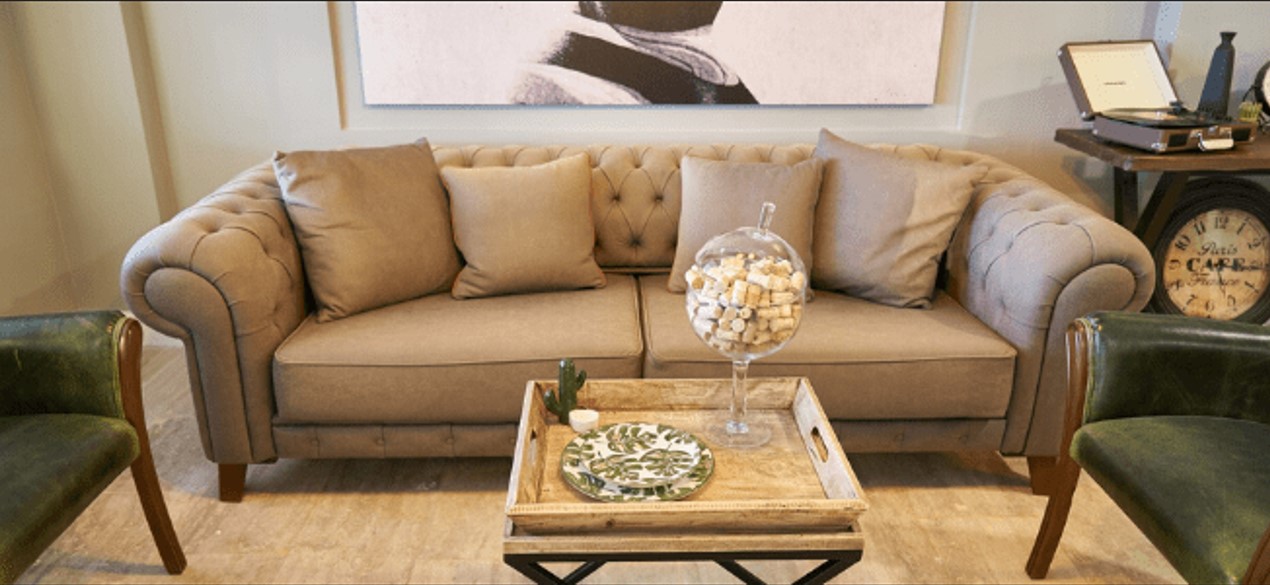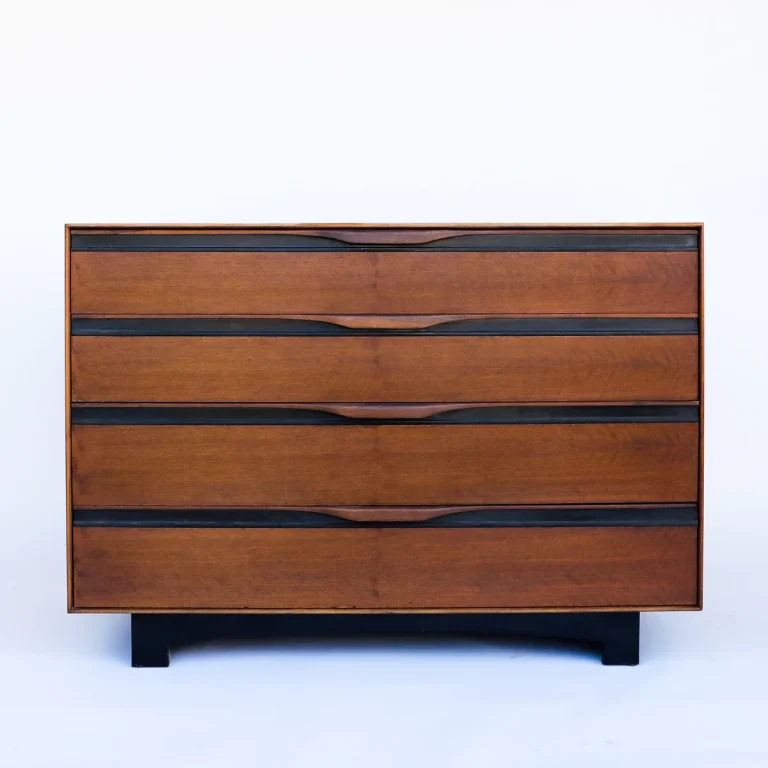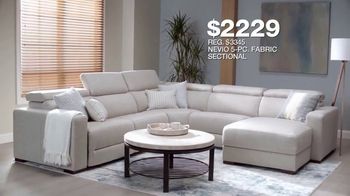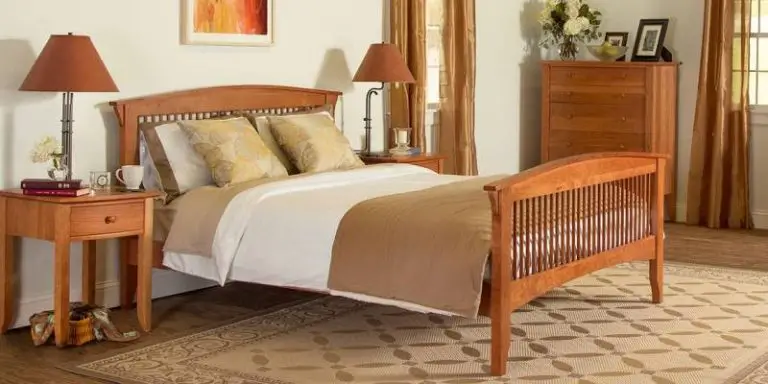How to Treat Used Furniture for Bed Bugs
If you think your furniture may be infested with bed bugs, there are a few things you can do to treat the problem. First, start by thoroughly cleaning all of your fabric-covered furniture. This includes vacuuming and steam cleaning if possible.
Be sure to dispose of the vacuum bag immediately afterward to prevent re-infestation. Next, treat your furniture with an insecticide designed specifically for bedbugs. Follow the instructions on the label carefully and be sure to apply it in all cracks and crevices where bedbugs may be hiding.
Finally, encase all of your mattresses and box springs in zippered covers designed to keep bedbugs from getting in or out. These steps should help get rid of any existing infestation and prevent future ones from occurring.
- Inspect the furniture for bed bugs
- Look for small, red, or brown bugs in the cracks and crevices of the furniture
- Vacuum the furniture thoroughly to remove any bugs or eggs that may be present
- Apply a residual insecticide to the furniture to kill any remaining bed bugs and prevent new ones from infesting it
- Be sure to follow the label directions carefully when using pesticides
- Place the treated furniture in a sealed plastic bag or wrap to keep bedbugs from escaping until they are all dead
How to Treat Furniture for Bed Bugs
If you think you might have bed bugs in your home, it’s important to take action immediately. These pests can be difficult to get rid of, and they can cause a lot of damage to your furniture. Here are some tips on how to treat furniture for bed bugs:
- Inspect all of your furniture carefully for signs of bed bugs. Look for small brown spots or eggs on the surface of the wood. If you see anything suspicious, use a magnifying glass to get a closer look.
- Vacuum all of your furniture thoroughly, including under cushions and in cracks and crevices. Be sure to empty the vacuum bag into a sealed plastic bag before disposing of it in an outdoor trashcan.
- Steam clean all upholstered furniture, using a steam cleaner with a narrow nozzle attachment. Pay special attention to seams, folds, and tufts where bed bugs may be hiding.
- Apply an insecticide designed specifically for bedbugs onto all surfaces of your furniture (following the manufacturer’s instructions). Be sure to reach underneath and behind furniture as well.
Bedbugs are one of the most difficult pests to control. They are small, hard to see, and can hide in many places. Even if you find them, they may be hard to kill.
But there are some things that can help. The best way to get rid of bedbugs is to use a combination of methods. This includes vacuuming, steaming, and using pesticides.
Vacuuming will remove the bugs from your furniture and carpeting. Steaming will kill the bugs and their eggs on contact. And pesticides will help to keep them from coming back.
You can also try using diatomaceous earth or boric acid powder around your home. These powders will kill bedbugs when they come into contact with them. But they won’t do much to keep them from coming back.
So it’s important to use these powders along with other methods like vacuuming and steaming. If you have a serious bedbug problem, you may need to call an exterminator. Exterminators have special equipment and chemicals that can get rid of even the toughest infestations.
How Do You Disinfect Furniture from Bed Bugs?
If you think your furniture may be infested with bed bugs, it’s important to clean and disinfect it as soon as possible. This will help prevent the spread of these pests to other areas of your home and will also reduce the risk of bites. Here’s how to disinfect furniture from bed bugs:
- Start by thoroughly vacuuming the piece of furniture. Pay special attention to cracks and crevices, as this is where bed bugs like to hide. Be sure to empty the vacuum bag afterward into a sealed garbage bag.
- Next, use a stiff brush to scrub all surfaces of the furniture, paying close attention to any cracks or crevices. This will help loosen any eggs or adults that are clinging to the surface.
- Once you’ve brushed all surfaces, it’s time to apply a disinfectant solution. There are many commercial products available specifically for killing bedbugs, or you can make your own using equal parts water and white vinegar. Apply this solution generously to all surfaces of the furniture using a sponge or spray bottle, then allow it to air dry completely.
- Finally, once the furniture is completely dry, place it in a sunny spot for at least an hour if possible (this step is optional but will help kill any remaining bedbugs).
How Do I Make Sure No Bed Bugs in Second-Hand Furniture?

Credit: www.MyDomain.com
If you’re considering purchasing second-hand furniture, there are a few things you can do to make sure it is free of bed bugs. First, give the furniture a thorough inspection. Look for any signs of bedbugs, including small brown stains on the fabric or wood, dark spots (which are actually the insects’ feces), and tiny white eggs.
If you see any of these signs, it’s best to avoid that piece of furniture. If the furniture appears to be clean, there are still some steps you can take to make sure no bedbugs have been missed. First, place the furniture in an isolated area away from any other pieces of furniture or carpeting.
This will make it easier to spot any bedbugs that may be present. Then, cover the piece of furniture with a heavy cloth or plastic sheet and seal all edges with tape. Leave this barrier in place for at least a week so that any bedbugs present will starve and die.
After a week has passed, remove the barrier and inspect the furniture again for any signs of bedbugs before bringing it into your home.
Can Furniture With Bed Bugs Be Saved?
If you think your furniture may be infested with bedbugs, there are a few things you can do to try and save it. You’ll need to be extra careful when handling the furniture so as not to spread the infestation, and you’ll also need to be prepared for the possibility that the furniture may not be salvageable. The first step is to thoroughly inspect the furniture for signs of bedbugs.
Look for small brown or red stains on the fabric, which could be blood from crushed bugs. You may also see small black spots, which are bedbug droppings. If you’re not sure whether what you’re seeing is evidence of bedbugs, take a sample of whatever you found to your local extension office or pest control company for identification.
Once you’re sure you have bedbugs, vacuuming is one of the best ways to remove them from the furniture. Use a handheld vacuum cleaner with a narrow attachment to get into all the nooks and crannies where bedbugs like to hide. Be sure to empty the vacuum bag immediately after use into a sealed plastic bag so that any live bugs don’t escape back into your home.
After vacuuming, steam cleaning can help kill any remaining bugs and eggs stuck in fabric surfaces. You can rent a steamer or use a clothes steamer if your furniture has removable slipcovers or cushions. Be sure to steam clean both sides of any fabrics and allow them to dry completely before putting them back on the furniture; otherwise, you risk re-infesting it with live bugs carried in on your clothing.
If all else fails and you can’t get rid of the bedbugs yourself, your only option may be to throw out the infested furniture altogether. This is obviously not ideal, but sometimes it’s necessary in order to get rid of an infestation completely.
Conclusion
If you have used furniture that may be infested with bed bugs, there are a few things you can do to try and get rid of the pests. First, thoroughly vacuum the furniture, paying special attention to cracks and crevices. Then, wash all removable fabric items in hot water and dry them on high heat.
You can also treat the furniture with a pesticide designed for bed bugs. Be sure to follow the instructions carefully and keep children and pets away from the treated area until it is dry. If you have any doubt that your furniture is still infested, it’s best to get rid of it to prevent the further spread of pests.






